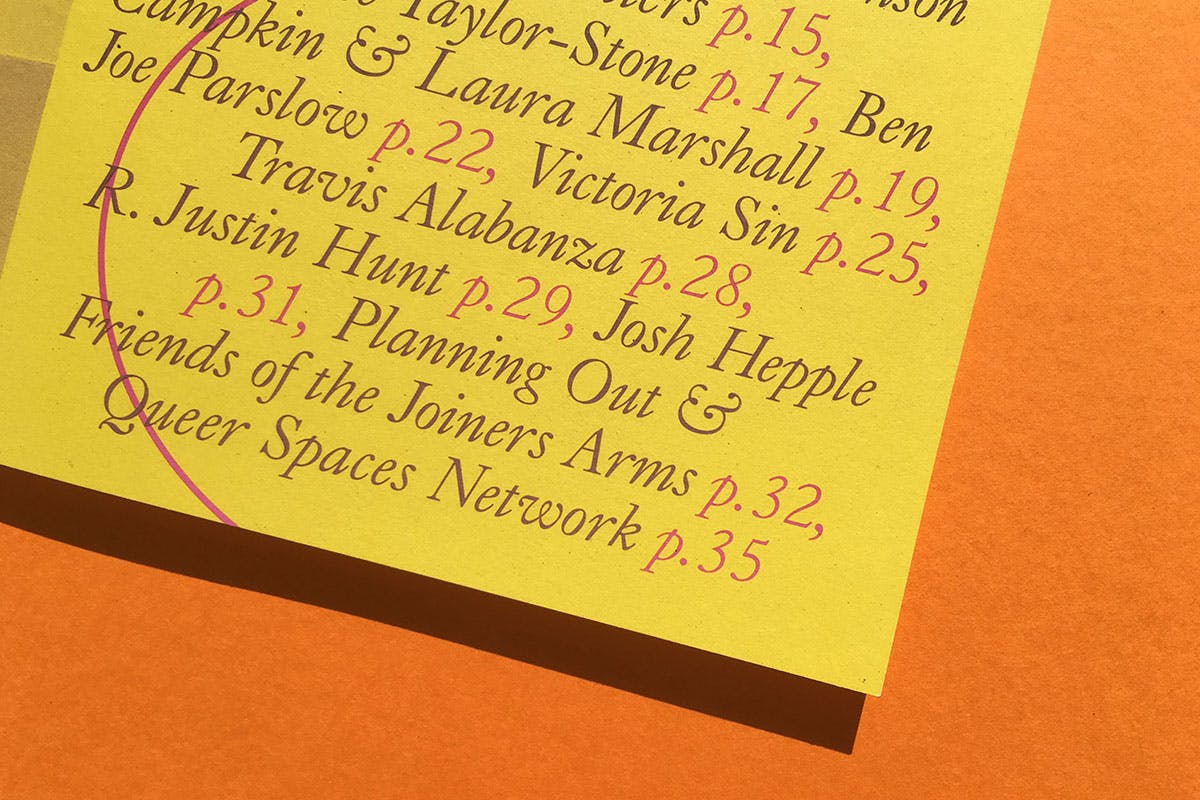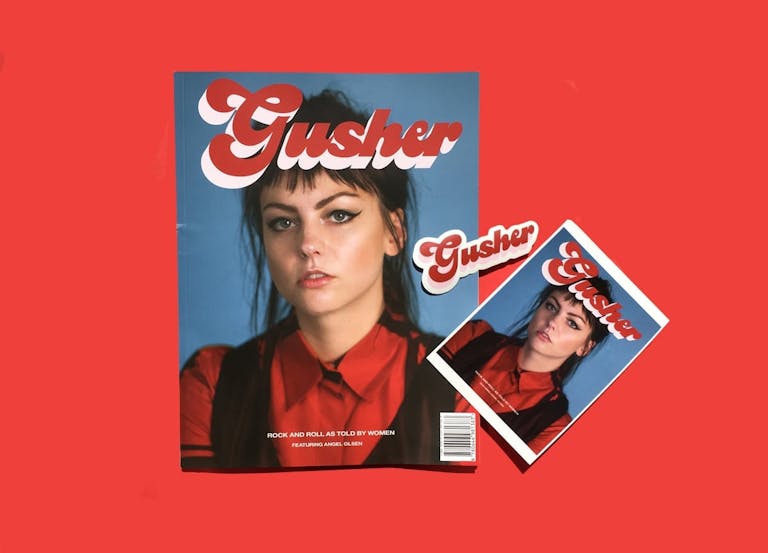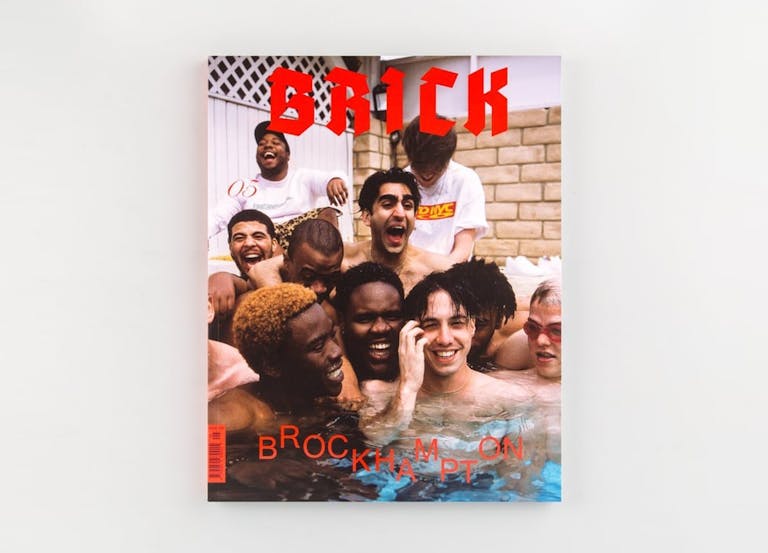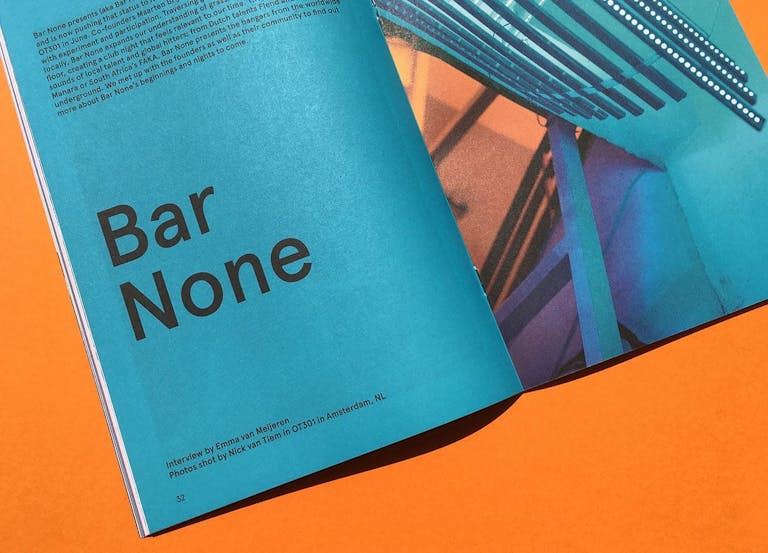Urban Pamphleteer explores LGBTQ+ night-time spaces past, present and future

Published out of UCL Urban Laboratory, Urban Pamphleteer examines key contemporary urban questions through eye-catching design and a variety of perspectives. Issue seven, their latest, explores LGBTQ+ night-time spaces, going deep into Greater London Council’s archives, examining today’s scenes and venues, and speaking to the forward-thinkers of the field.
It’s a satisfyingly informative read, filled with 80s posters and scrupulously-composed maps and data. Read on for our chat with the team, made up of Rebecca Ross, Ben Campkin, Laura Marshall and Guglielmo Rossi.
This issue focuses on LGBTQ+ night-time spaces. Why did you want to explore this theme?
With all Urban Pamphleteer issues we identify a debate that is preoccupying a range of publics and professionals. For issue seven we wanted to gather different perspectives, provocations and vignettes on London’s LGBTQ+ night-time spaces. After a spate of LGBTQ+ venue closures in 2015 and 2016 there had been a lot of activism and media discussions about what was happening and why. As researchers, we worked with community-based organisations, such as Raze Collective and the Queer Spaces Network, and with the Greater London Authority (GLA) and Night Czar, to co-design research to provide evidence about the profile of the capital’s LGBTQ+ night-spaces and the reasons for closure.
What can we expect in this issue?
Beyond what is possible in technical planning documents, readers will encounter a variety of narratives about queer night space in the capital, past, present and future. As a collection, these stories provide nuance behind the shocking headline that there has been a drop of 58% of licensed LGBTQ+ venues over the past decade. These contributions emphasise that LGBTQ+ night-spaces are varied, serve multiple functions for specific groups, and emerge from histories and present-day contexts of oppression and discrimination.
What’s something surprising you learned while putting the issue together?
The issue features some amazing ephemera and artwork connecting to queer night spaces and communities. For example, the investment of the Greater London Council in using bold communication design in publishing the manifesto for lesbian and gay rights, Changing the World, in 1985, and the printed matter produced on site in the London Lesbian and Gay Centre in the 1980s and the 1990s; or the flyers from the important LGBTQ+ Asian nightclub, Club Kali, co-founded by DJ Ritu whose Djing career began at the Centre, which continues to thrive.
There is an interesting legacy across different spaces that have been politically important at distinct historical moments, and this communicates through graphics, typography and aesthetics. This meant that we had a rich array of visual material to work with and we wanted the design of the pamphlet to resonate. The colourful archives and association with the rainbow spectrum and particular colours and forms, such as the pink triangle, led us to experiment with producing an issue with no black or white paper or ink, which yielded some interesting visual possibilities.
Which magazines/zines/publications inspire you?
The academic journals that we read are often intellectually exciting but usually not that compelling in their design. More interesting are a handful of publications that experiment between the intellectual, the creative, and the widely accessible such as Canopy Canopy Canopy and Urban Omnibus in New York, and in relation to this LGBTQ-focused issue, both Butt and Little Joe.
Where did you go during the making of this issue?
The issue is one publication from a number of years research where we have visited many of the night-spaces and archives it features. The back cover (below) features artwork by Prem Sahib with the lockers from the closed gay sauna, Chariots Shoreditch, salvaged and turned into a sculptural installation. We are very grateful to Prem for allowing us to reproduce the image, which captures something of the simultaneously intimate, hidden and public dimensions of queer night-space.

Tell us about a LGBTQ+ night-time event/organiser that everyone should read about in the issue.
It is difficult to choose one amongst many amazing contributors but we highly recommend R. Justin Hunt’s essay on the ‘chill-out’ or ‘after party’ and its relations with the wider night-time economy. Hunt, aka Dr Sharon Husbands, is a prolific queer space producer who has established events such as Naked Boys Reading, an international literary salon that has taken place in multiple venues and is now in its sixth year. In this tightly argued piece, he places contemporary after parties within a longer trajectory of queer appropriations of night-space, through reference to debates in queer theory. His essay helps us to think about these ostensibly private parties within a longer historical frame and to better understand them as collective social experiences.
What’s next for Urban Pamphleteer?
We have been delighted that Urban Pamphleteer is establishing momentum. As we look to the next steps, we are gradually understanding different ways that publishing at the intersection of academic and wider communities might lend itself to other media. We recently set up a website where we make content from all issues of Urban Pamphleteer even more widely accessible. We’re currently in early stages planning the next printed issues of Urban Pamphleteer but also doing some brainstorming about how other formats, such as audio, could work. To sustain these initiatives and plan ahead for the future, we’ve recently set up a donations platform that anyone can contribute to, accessible via our website.











